What Do You Know About Rare And Exquisite Animals?
Numerous species of animals are being discovered and some which are hardly known to public but with some rarely distinctive and excellent features. How much do you know about rare and exquisite animals. Check out this quiz.
- 1.
What are the rare animals?
- A.
Common animal species
- B.
Species with longer life span
- C.
Species Infrequently encountered
- D.
Reserved species
Correct Answer
C. Species Infrequently encounteredExplanation
The correct answer is "Species Infrequently encountered" because rare animals are those that are not commonly seen or encountered. These species are not easily found or observed in their natural habitats, making them infrequently encountered by humans.Rate this question:
-
- 2.
How endangered are rare animals?
- A.
Highly Endangered
- B.
Slightly Endangered
- C.
Close to Endangered
- D.
Not Endangered
Correct Answer
A. Highly EndangeredExplanation
The correct answer is "Highly Endangered." This suggests that rare animals are at a very high risk of becoming extinct. They are facing numerous threats, such as habitat loss, poaching, and climate change, which severely impact their population numbers. Without immediate conservation efforts, these animals may disappear from the wild in the near future.Rate this question:
-
- 3.
What percentage of known animal species is classified as "rare"?
- A.
50%
- B.
60%
- C.
75%
- D.
82%
Correct Answer
C. 75%Explanation
The correct answer is 75%. This means that out of all the known animal species, 75% of them are classified as "rare". This suggests that a significant majority of animal species are considered rare, indicating that they are not commonly found or are at risk of becoming endangered or extinct.Rate this question:
-
- 4.
Which of these also characterizes rare and exquisite animals?
- A.
Large population
- B.
Aquatic habitation
- C.
Mountain habitation
- D.
Low population
Correct Answer
D. Low populationExplanation
Rare and exquisite animals are typically characterized by a low population. This means that there are only a few individuals of these animals in existence, making them rare and hard to find. The term "exquisite" suggests that these animals are unique, beautiful, or special in some way, further emphasizing their rarity. Large populations would not be characteristic of rare animals, as they would be more common and easier to find. Aquatic habitation and mountain habitation may be habitats where rare animals can be found, but they do not directly characterize the animals themselves.Rate this question:
-
- 5.
Which of these is not an example of rare and exquisite animals?
- A.
Himalayan brown bear
- B.
Fennec Fox
- C.
Roloway Monkey
- D.
Hornbill
Correct Answer
C. Roloway MonkeyExplanation
The Roloway Monkey is not an example of a rare and exquisite animal. The Himalayan brown bear, Fennec Fox, and Hornbill are all known for their unique characteristics and are considered rare and exquisite animals. However, the Roloway Monkey is not typically categorized as rare or exquisite, making it the correct answer.Rate this question:
-
- 6.
What is the global range of the Giant panda which is a rare and exquisite animal?
- A.
Israel
- B.
Germany
- C.
China
- D.
Austria
Correct Answer
C. ChinaExplanation
The global range of the Giant panda, a rare and exquisite animal, is China. This means that the majority of the Giant panda population is found in various regions of China. The Giant panda is native to China and is known for its unique black and white markings. China has made significant efforts to protect and conserve the Giant panda, as it is considered an endangered species.Rate this question:
-
- 7.
What is the estimated population of the Wild Bactrian Camel?
- A.
650
- B.
750
- C.
850
- D.
950
Correct Answer
D. 950Explanation
The estimated population of the Wild Bactrian Camel is 950. This suggests that there are approximately 950 Wild Bactrian Camels in existence.Rate this question:
-
- 8.
What is the conservation status of the black softshell turtle?
- A.
Less Concern
- B.
Critically Endangered
- C.
Extinct in the wild
- D.
Endangered
Correct Answer
C. Extinct in the wildExplanation
The conservation status of the Black Softshell Turtle (Nilssonia nigricans) is considered "Extinct in the wild" on the International Union for Conservation of Nature (IUCN), as of 2023.Rate this question:
-
- 9.
Can an animal having a wide endemic range be classified as Rare?
- A.
Yes
- B.
No
- C.
None
- D.
Undecided
Correct Answer
B. NoExplanation
An animal with a wide endemic range cannot be classified as rare because a wide endemic range means that the animal is found in many different areas, indicating a larger population and a wider distribution. Rare species, on the other hand, have a limited geographic range and a small population size. Therefore, an animal with a wide endemic range would not meet the criteria for being classified as rare.Rate this question:
-
- 10.
In conservation biology, what population size typically classifies an animal as "rare"?
- A.
Fewer than 10,000 individuals
- B.
Fewer than 5,000 individuals
- C.
Fewer than 2,500 individuals
- D.
Fewer than 1,000 individuals
Correct Answer
A. Fewer than 10,000 individualsExplanation
In conservation biology, an animal species is often classified as "rare" when its population size falls below 10,000 individuals. However, this classification may vary based on specific conservation criteria and guidelines.Rate this question:
-
Quiz Review Timeline +
Our quizzes are rigorously reviewed, monitored and continuously updated by our expert board to maintain accuracy, relevance, and timeliness.
-
Current Version
-
Mar 07, 2024Quiz Edited by
ProProfs Editorial Team -
Jan 16, 2018Quiz Created by
Jaksiboy
- Amphibian Quizzes
- Bird Quizzes
- Cat Quizzes
- Dinosaur Quizzes
- Dog Quizzes
- Emperor Penguin Quizzes
- Endangered Species Quizzes
- Fish Quizzes
- Goat Quizzes
- Hamster Quizzes
- Horse Quizzes
- Insect Quizzes
- Invertebrate Quizzes
- Mammal Quizzes
- Mouse Quizzes
- Nematode Quizzes
- Pet Quizzes
- Pig Quizzes
- Rabbit Quizzes
- Reptile Quizzes
- Sheep Quizzes
- Wolf Quizzes
- Zoo Quizzes



(35).png)
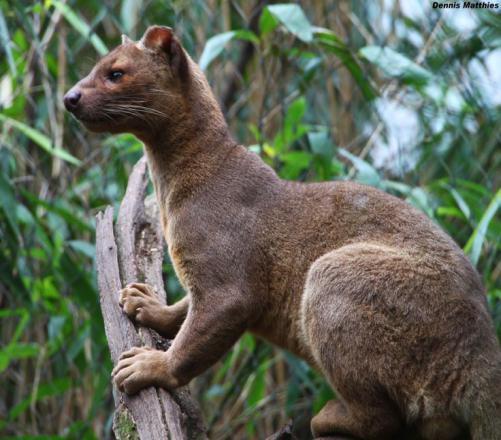
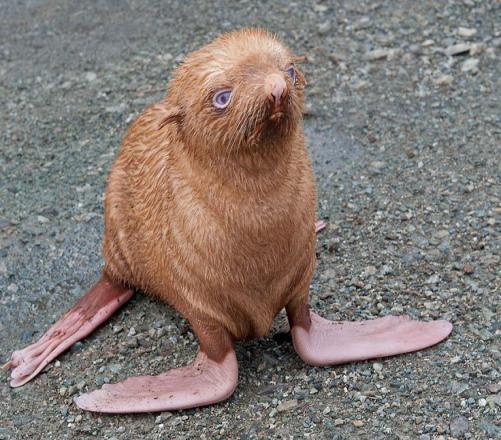
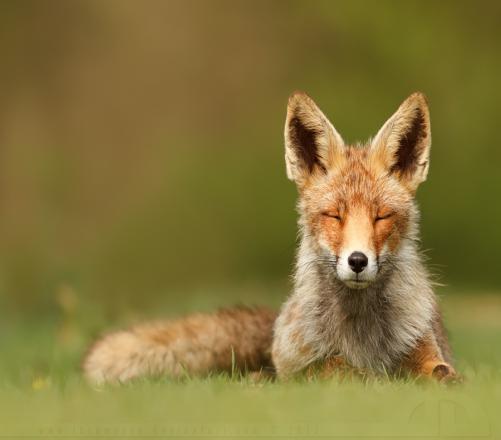


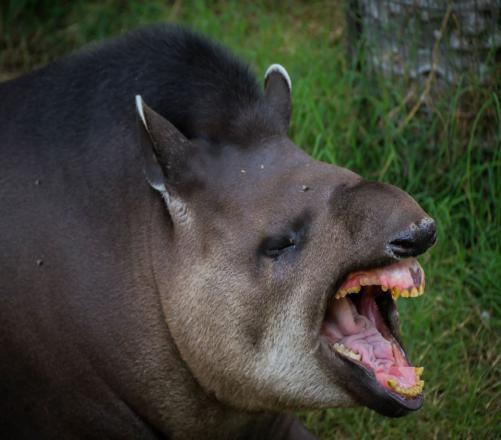
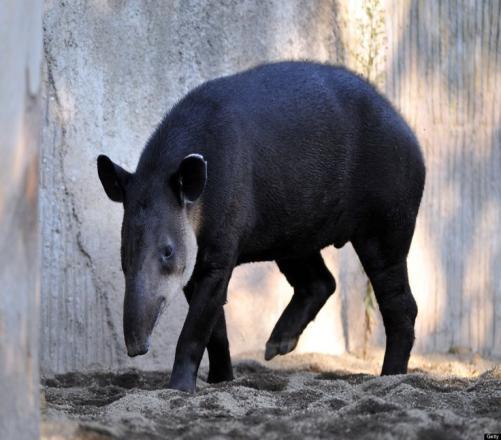
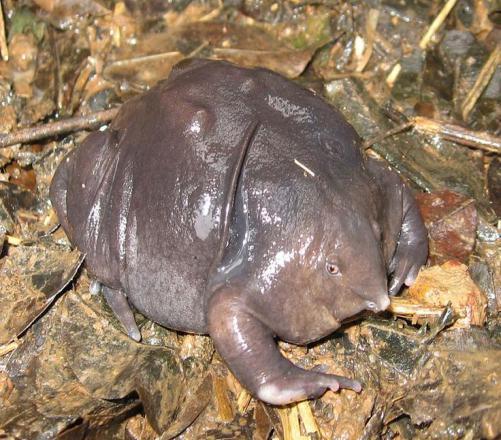
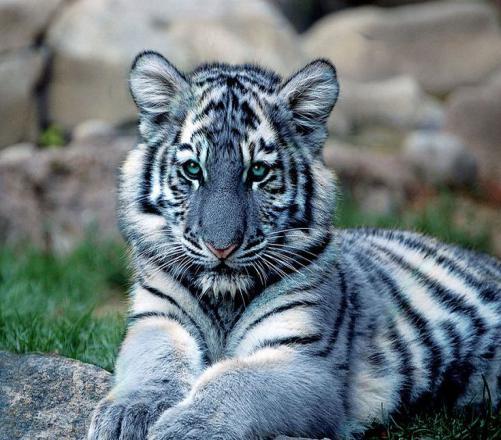

 Back to top
Back to top